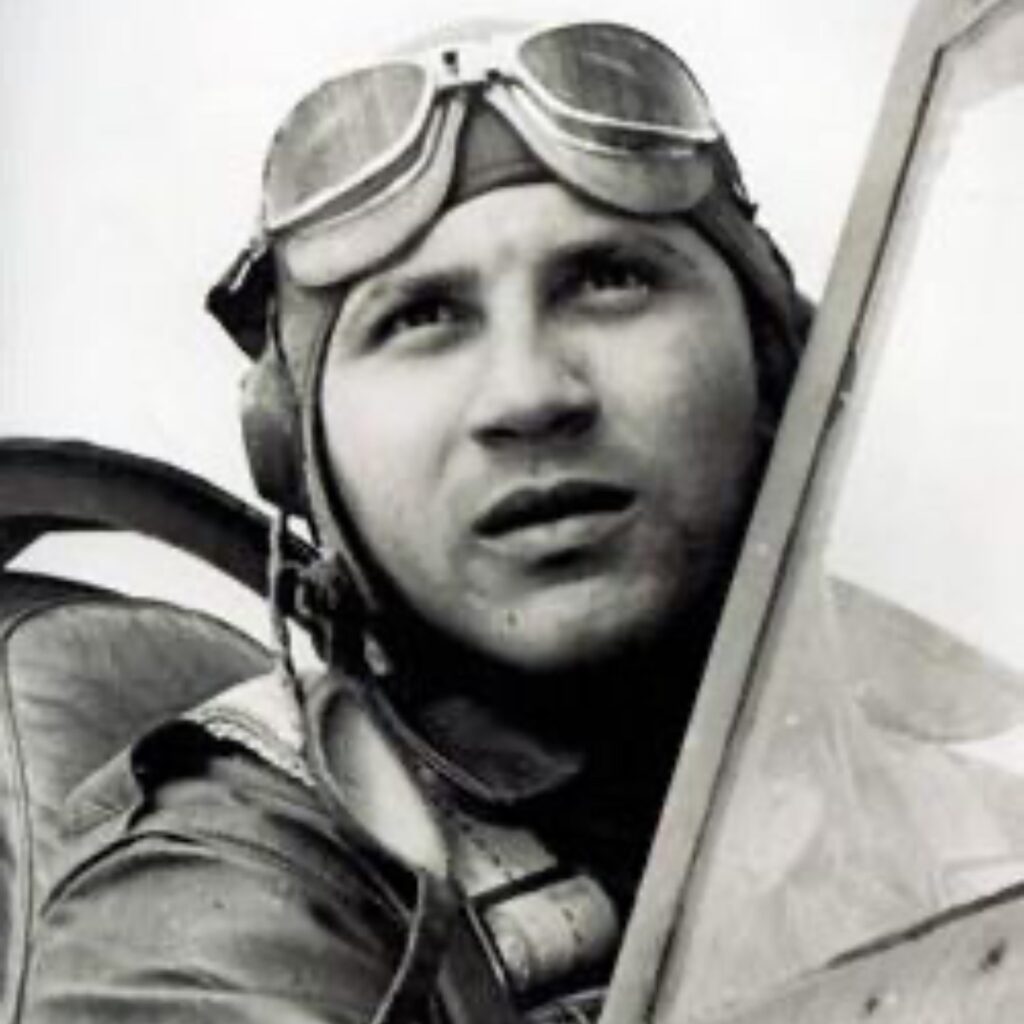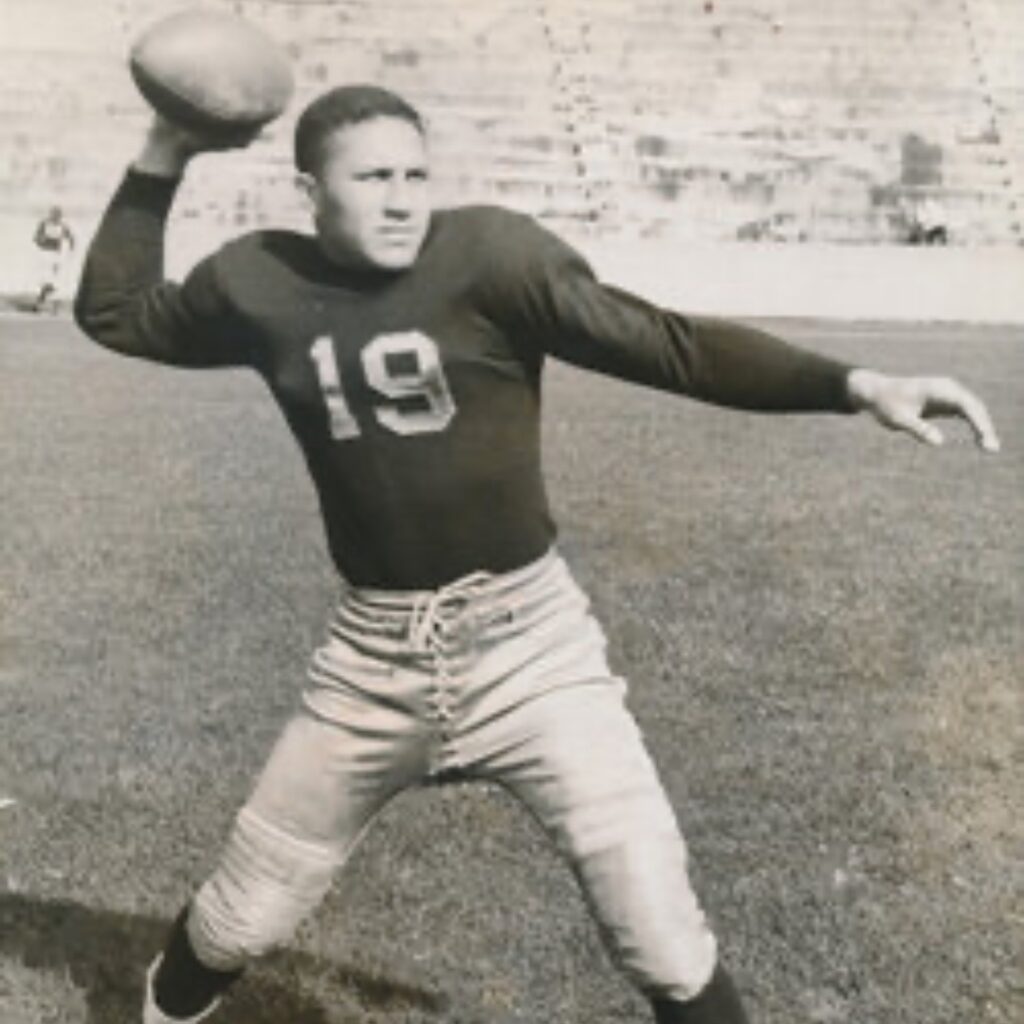
Wilmeth Sidat-Singh was a U.S. Army Air Corps officer with the Tuskegee Airmen and an American basketball and football player.
A celebrated African-American athlete at Syracuse University in the 1930s and an inspiration to his fellow Tuskegee Airmen during World War II, Lt. Sidat-Singh was born Wilmeth Webb in Washington, D.C., the son of Pauline and Elias Webb, a pharmacist who died when Wilmeth was a child. He took the surname Sidat-Singh upon being adopted by his mother’s second husband, an Indian-born physician with a practice in Harlem, New York. An excellent student and athlete, he won a basketball scholarship to Syracuse University, where a coach who’d spotted him playing intramural football insisted that he join the varsity team. He soon became as formidable a presence on the gridiron (a former All-American) as he was on the court, leading the Orangemen to a string of victories.

His career was never-the-less hampered by the racial attitudes of his day. When it was discovered that Sidat-Singh was Black and not Indian as presumed, college teams in the South refused to take the field against Syracuse if he were in the line-up. After his graduation, he became a basketball star with the Harlem Renaissance, the best professional team of the era, and was briefly a policeman in Washington, D.C. In 1943 he joined the newly-formed Tuskegee Airmen, the U.S. Army Air (Corps) Force’s all-Black fighter pilot unit. A pilot assigned to the 301st Fighter Squadron, 332nd Fighter Group (Selfridge Field, Michigan), he was killed on May 9, 1943, during an advanced training mission while piloting a Curtiss P-40 Warhawk over Lake Huron. Beset with a failed engine, he’d bailed out of the plane but drowned after becoming entangled in his parachute lines in the water. He was 25 years old at the time of his death.